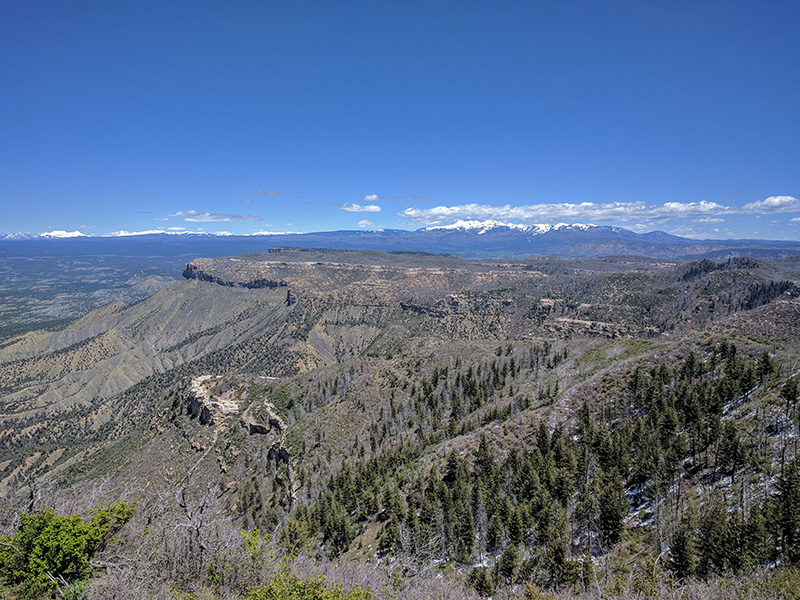NTG Environmental has performed environmental due diligence and compliance audits for our clients to help them understand their potential liability and remediation needs prior to completing a transaction. With our expertise in local, state and federal regulations, NTG Environmental’s scope for an environmental due diligence assessment can begin with an initial screening of potential liabilities and concerns to a full-scale, in-field review including interviews, field reconnaissance and corporate record review. Our experienced staff is well versed in working with regulatory agencies to obtain records related to the areas of interest and understanding what liabilities may exist based on the findings. Get in touch with us today to schedule your consultation.
Environmental Due Diligence Assessments
When ownership has the potential to change, Environmental Due Diligence Assessments help manage our client’s liability. Additionally, Environmental Due Diligence Assessments can be of value in identifying, evaluating, and mitigating environmental issues associated with mature operating assets where environmental regulations and industry best practices have changed over the history of the asset.
The goal of an Environmental Due Diligence Assessment is to gather a sufficient amount of data to interpret an asset’s historical background. This information can provide reassurance that environmental impacts are unlikely, provide enough information to outline a Phase II Environmental Site Assessment due to potential or existing impacts, or assist in developing remedial action plans on an impacted site.
Third Party Environmental Audits
Third Party Environmental Audits allow our clients to understand the potential liabilities associated with their use of a given waste storage, disposal, or waste transportation facility, the permit limitations to which a given facility is restricted, and the facility’s compliance with applicable regulations.
Asset Retirement Obligation (ARO) Evaluations
NTG Environmental relies on technical expertise from our multidisciplinary staff to provide support in estimating costs associated with the plugging and abandonment of wells, removal of production equipment and storage vessels, and land restoration. Restoration costs are determined by investigating an asset’s historical conditions and uses and extrapolating costs from select asset characterizations. Cost for closure is tailored to meet the applicable local, state, and federal laws.
Pre-Construction Environmental Site Assessments
Pre-Construction Environmental Site Assessments are performed before site construction. These assessments allow operators to avoid environmentally sensitive areas, determine the proximity to any water bodies or wetlands, and provide background or baseline data for planning purposes. These assessments can be performed from a desktop perspective for an initial screening of potential liabilities to a full-scale in-field review where soil and/or water samples are collected and analyzed by an accredited environmental laboratory to understand the baseline conditions. This information can also be used to create spill management plans, prepare environmental protection plans, and plan for sediment and erosion concerns.

Case Studies
Refugio County, TX
NTG Environmental performed an Environmental Due Diligence Assessment on 20 oil/gas wells and associated surface facilities. NTG Environmental’s field and regulatory review revealed low environmental risk associated with the assets. Using findings from the assessment, NTG Environmental’s client was able to obtain additional financing to further field development.
Panola County, TX
NTG Environmental performed an Environmental Due Diligence Assessment on 550 oil/gas wells and associated surface facilities. Our field and regulatory review revealed an environmental risk above $5 million at one of the surface facilities. Using findings from the assessment, NTG Environmental’s client was able to negotiate, and remove the surface facility from the transaction, enabling them to retain the remaining oil/gas wells and remaining assets without the significant environmental risk posed by the one surface facility.

Water Quality
& Natural Resources

Site Assessment & Remediation

Air Quality
Compliance

ESG / Sustainability

Regulatory Compliance

EH&S Management




